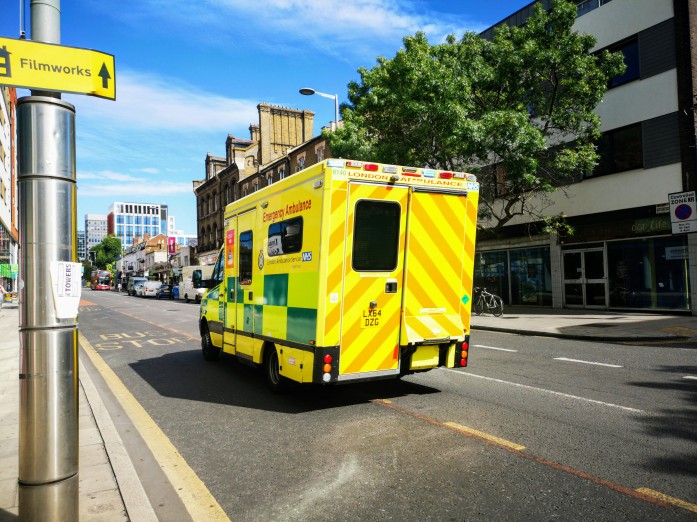NHS England has finally published its Urgent and Emergency Care Plan 2025/26. This follows on the heels of the elective care plan (summary here), and precedes the imminently expected 10 year plan. What are the implications of this new plan for general practice?
The good news is that it does not contain the same workload implications as the elective plan (via the advice and guidance expectations). In fact, there is remarkably little mention of general practice in the document as a whole, a point highlighted in the final section of the document “Detailed actions: roles and responsibilities” in which there are a grand total of zero actions listed for primary care.
It is hard to know what to make of this. You could argue general practice has been overlooked, but I suspect the alternative of (yet another) set of expectations on the service would have been worse. However, I think the real implications for general practice sit in the section on neighbourhoods.
We know more is coming about neighbourhoods in the imminent 10 year plan, and a key plank of this strategy is that neighbourhoods as they develop will be able to offer services that reduce hospital demand.
“The Neighbourhood health guidelines published in January 2025 set out the 6 core components of neighbourhood health that all local health and care systems will start to implement systematically this year… This includes neighbourhood multidisciplinary teams (MDTs) co-ordinating proactive care for population cohorts with complex health and social care needs, integrated intermediate care with a “Home First” approach, and scaled and standardised urgent neighbourhood services for people with an escalating or acute health need.” (33)
“Similarly for patients living with frailty or complex needs, neighbourhood multidisciplinary teams have been shown to reduce demand on hospital-based unplanned care. In Northamptonshire, local integrated teams involving a range of health and care providers are delivering responsive interventions, such as extended GP reviews, peer support groups, clinical-supported decision-making and remote monitoring. In the 18 months to March 2023, this approach resulted in a 9% reduction in hospital attendances for over 65s and a 20% reduction in falls-related acute attendance due to improved rapid response.” (35)
The government and NHS England clearly want neighbourhoods in place quickly, and there is an expectation that these will return tangible system benefits as early as this coming winter. As it stands, there is no funding identified to support the development of these neighbourhoods, and without it these expectations are clearly ludicrous. However, it would be a surprise if what is likely to end up being the centrepiece of the 10 year plan is introduced without any corresponding funding, so until we see the plan (and its associated investment) these expectations are hard to judge.
For PCNs and practices, then, the smart move would be to push for the neighbourhood teams that they think will make the most difference to be put in place, and at the same time be clear both about the additional resources required for these to be effective, and what level of expectation is realistic as to what these teams can achieve.
There is an opportunity here for general practice to take a leadership role in implementing changes and integrated working that will actually make a difference, and to secure the resources (once they are announced) to make this happen. The risk of doing nothing is that others will assume this leadership role, and as a result practices and PCNs could be left with insufficient resources and unrealistic expectations for whatever is planned.
The main takeaway from this document for general practice is that the system is already developing a neighbourhood focus that threatens to subsume general practice, and if the service wants to influence how things develop and how resources are allocated then it will need to get on the front foot with neighbourhoods as quickly as it can.


No Comments